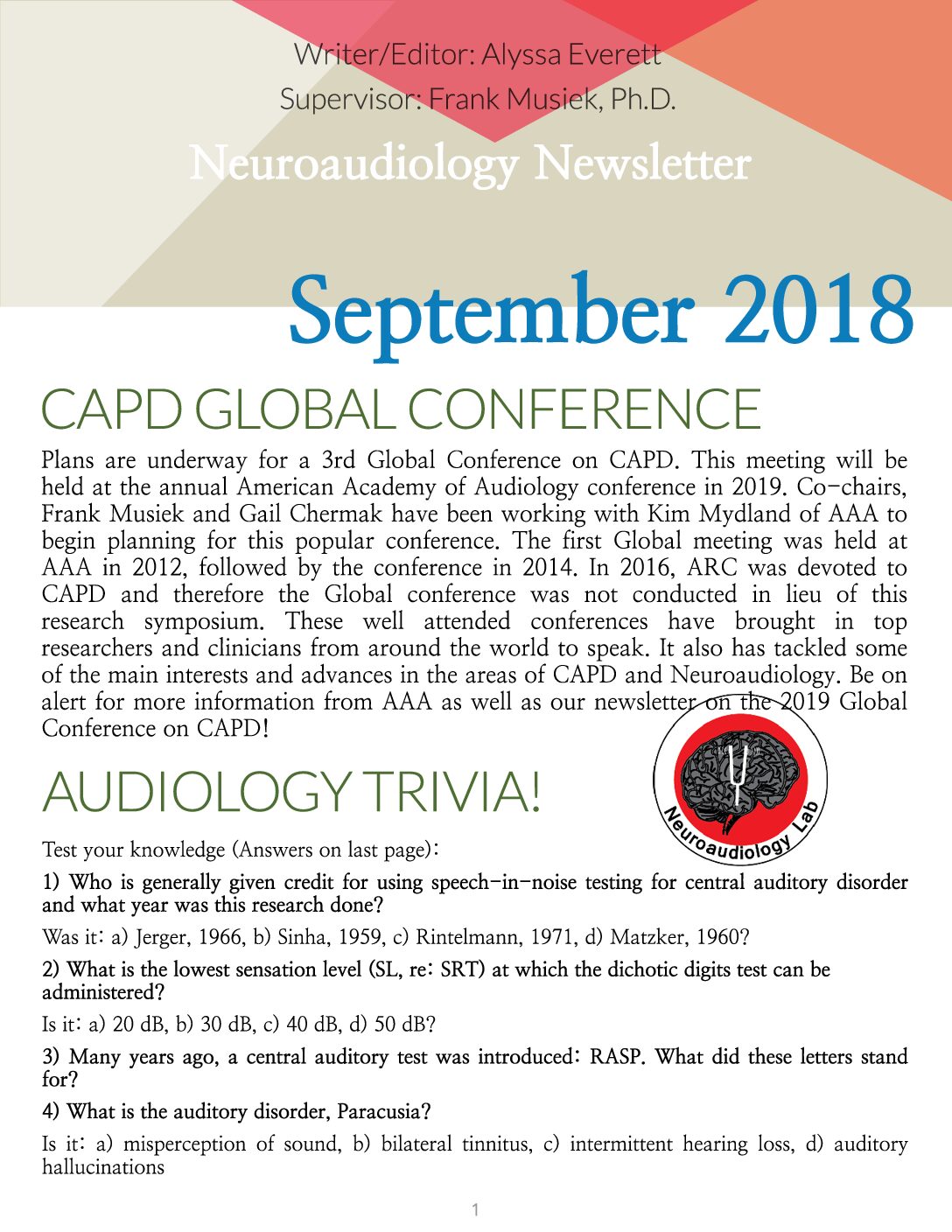Hearing care professionals, not to mention many parents of young children, know tympanometry is helpful in the diagnosis of otitis media (middle ear infection). Another technique, differing from tympanometry, used to screen for the possibility of otitis media with effusion (OME) and acute otitis media is acoustic reflectometry.
Both techniques have plenty of evidence indicating they are useful tools in the OME screening process, however, a major drawback, until recently, is both screening techniques require a visit to the clinic – and often a long wait.
For many parents of young children, especially for those prone to chronic or intermittent middle ear problems, the simple act of screening leads to several hours of lost time at work and the inconvenience of scheduling numerous clinical visits for a consultation.
Detecting Ear Infections with Your Smartphone
Now, thanks to some simple modifications to existing smartphone technology, some of the inconveniences of personal visits to the clinic, even for a quick screening of middle ear function, can be placed in the hands of parents and others prone to middle ear problems.
In the May 15 issue of Science Translational Medicine, Justin Chan and colleagues at the University of Washington in Seattle developed a smartphone system to detect middle ear fluid that uses the microphone and speaker of a phone to emit sound and analyze its reflection (echo) from the eardrum.
In the article, the authors report their smartphone system outperformed a commercial acoustic reflectometry system in detecting middle ear fluid in 98 pediatric patient ears. Additionally, the smartphone-enabled acoustic reflectometry system could be easily operated by patient parents without formal medical training. Figure 1 below, taken from the article, shows how the portable acoustic reflectometry system works.
Given the prevalence of recurrent middle ear dysfunction in children, this screening tool, outfitted on anyone’s smartphone, could help aid in the diagnosis of ear infections.
Just imagine a world where parents don’t have to take time off work to drag their sick child to the doctor’s office, sitting in a waiting room with other sick kids to get an ear infection diagnosed.
Technological progress like this allows a growing number of people to self-direct their own care with unprecedented accuracy and precision, saving time and money.
The article can be assessed in its entirety at this gated website.
*featured image courtesy University of Washingon








What do the medical laws say about this. I like the tool. All it does it helps the parent to drive the baby to the doctor. The doctor by law, cannot accept the findings of the scan. So this equipment is a piece of junk for any form of diagnosis. Obviously this article is an attempt to sell this product. The results of the scan will be acceptable after new laws are created.